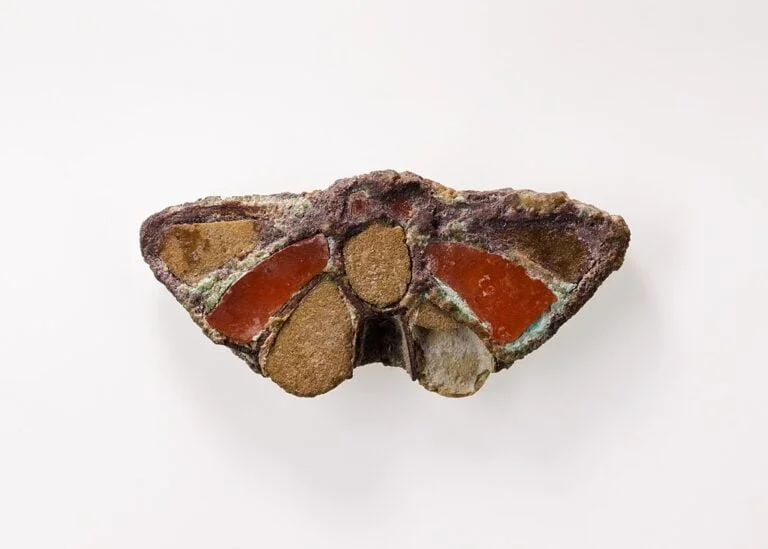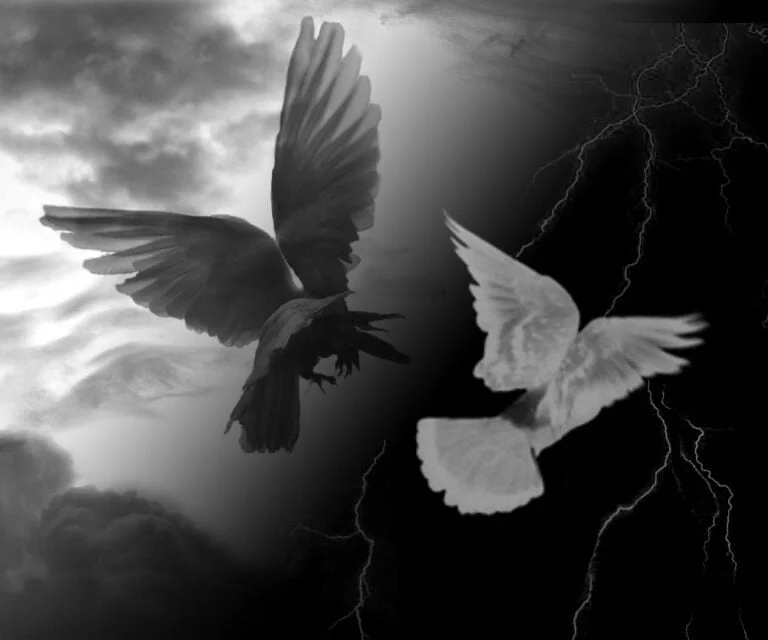Betrayal is a powerful theme explored in literature, art, and mythology for centuries. It represents the pain and disappointment of broken trust and can evoke strong emotions in people. Betrayal is particularly intriguing as it often conveys complex ideas and emotions through simple images or motifs.
In this article, we will explore the various symbols associated with betrayal, their meanings, and their significance in different cultures and contexts. By the end of this guide, you will have a deeper understanding of this fascinating topic and how it relates to your life.
The Symbolism for Betrayal
Symbolisms for betrayal can be a powerful tool for expressing complex emotions and ideas. It allows artists and writers to convey their message through detailed visual images that can resonate with people deeply.
Some common symbols associated with betrayal include broken chains, shattered glass, and torn hearts. These symbols represent the pain and trauma of betrayal and can be used in various contexts, from literature and art to tattoos and jewelry.
Broken Chains
Broken chains are a famous symbol associated with betrayal. They represent the breaking of bonds or promises and the sense of being trapped or imprisoned. In literature and mythology, broken chains often symbolize freedom or liberation from oppression. They can also represent breaking psychological or emotional chains, such as overcoming trauma or addiction.
Shattered Glass
Shattered glass is another powerful symbol of betrayal. It represents the fragility of trust and the pain of broken relationships. Shattered glass can convey the emotional turmoil of characters who have experienced betrayal in literature and art. It can also represent the loss of innocence or the destruction of a once-beautiful relationship.
Torn Hearts
Torn hearts are a classic symbol of betrayal. They represent the pain and anguish of a broken heart and the sense of being emotionally torn apart. In literature and art, torn hearts can convey the emotional trauma of characters whose loved ones have been betrayed. They can also represent the conflict between reason and emotion, as the heart is torn between love and pain.
Betrayal Symbolism in Different Cultures
Betrayal symbolism is a universal theme that appears in various cultures and contexts. Different cultures may interpret symbols associated with betrayal differently, depending on their cultural values and beliefs. Here, we will explore how different cultures use symbolism to convey the theme of betrayal.
Greek Mythology
Greek mythology is rich in symbolism related to betrayal. One of the most famous examples is the story of the Trojan Horse, in which the Greeks used a wooden horse to infiltrate the city of Troy and win the war. The Trojan Horse is a symbol of deceit and betrayal, representing the cunning and treachery of the Greeks.
Christianity
In Christianity, Judas Iscariot’s betrayal of Jesus Christ is the ultimate act of betrayal. This act is symbolized by the kiss of Judas, which represents the betrayal of trust and the breaking of a sacred bond. The kiss of Judas is a powerful symbol that conveys the pain and sorrow of betrayal.
Native American Culture
In Native American culture, the wolf is often used as a symbol of betrayal. The wolf is seen as a powerful and cunning animal, but also one that can turn on its pack. The wolf represents the dangers of trusting too much or too little and the need for balance.
Asian Culture
In Asian culture, the cherry blossom is often used as a symbol of betrayal. The cherry blossom represents the fleeting nature of life and beauty and the idea that even the most beautiful things can come to an end. It is a powerful symbol that conveys the pain and sadness of betrayal and the idea that life is full of surprises and unexpected events.
Betrayal Symbolism in Literature
Betrayal is a popular theme in literature, and many authors have used symbolism to convey the emotional impact of this pain and suffering and the idea that betrayal can have long-lasting and far-reaching consequences.
George Orwell’s “Animal Farm”
In “Animal Farm,” the betrayal of the animals by the pigs is symbolized by changing the commandments on the barn wall. The pigs gradually alter the rules to suit their desires and ambitions, betraying the ideals of the animal revolution. This symbolism represents the idea that those in power can use language and manipulation to deceive and betray those who trust them.
Coping with Betrayal
Betrayal can be a devastating experience, but it is possible to cope with it and move forward. Here are some strategies for coping with betrayal and finding healing.
Acknowledge Your Feelings
The first step in coping with betrayal is to acknowledge your feelings. Feeling hurt, angry, or sad after experiencing betrayal is normal. Allow yourself to feel and express these emotions healthily, such as by journaling or talking to a trusted friend or therapist.
Practice Self-Care
Betrayal can affect your physical and emotional well-being, so self-care is essential. This might include exercise, healthy eating, getting enough rest, and engaging in activities that bring you joy and relaxation.
Seek Support
Don’t try to cope with betrayal alone. Seek support from friends, family, or a therapist who can offer a listening ear and help you process your feelings. Joining a support group or online community can also be helpful.
Forgive and Let Go
Forgiving the person who betrayed you can be a challenging but powerful step in finding healing. Forgiveness doesn’t mean forgetting what happened or excusing the person’s actions, but it does mean releasing yourself from the anger and bitterness that can hold you back. Letting go of the pain of betrayal can help you move forward with your life.
Frequently Asked Questions
Final Thoughts
Betrayal symbolism is a powerful and fascinating theme explored in various historical cultures and contexts. The symbols associated with betrayal represent the pain and trauma of broken trust and can convey complex emotions and ideas through simple images.
By understanding the various symbols and meanings of betrayal, we can better appreciate this theme and how it relates to our lives. Whether coping with the pain of betrayal or exploring its symbolism in literature and art, this guide can help us navigate this complex and emotional theme with understanding and insight.






